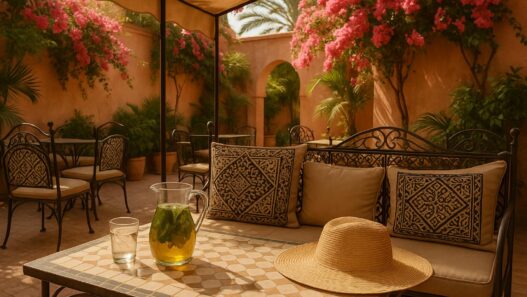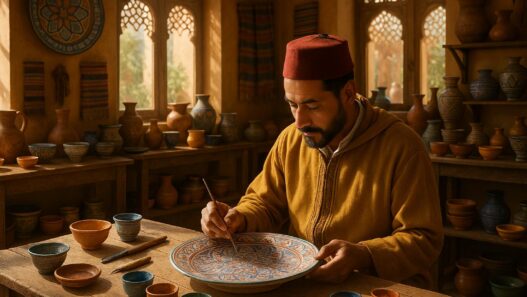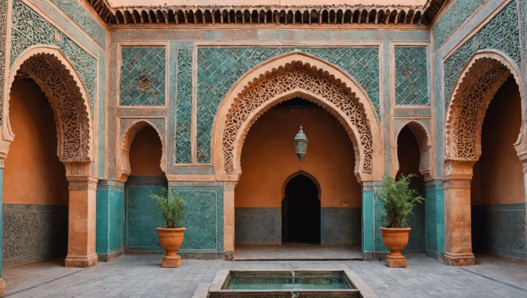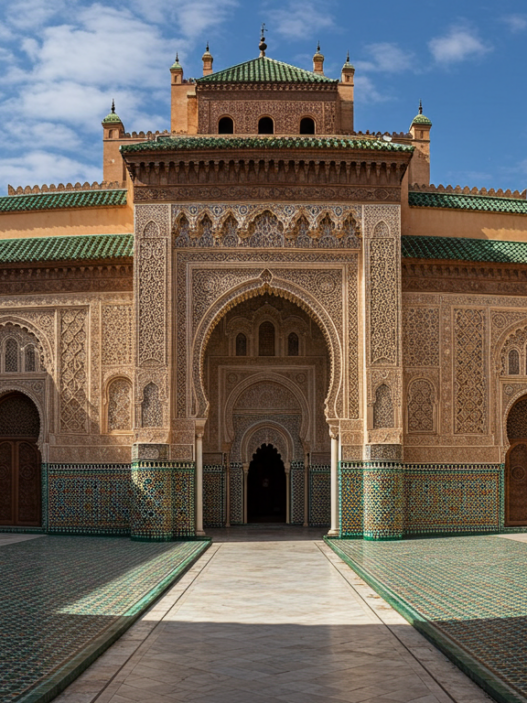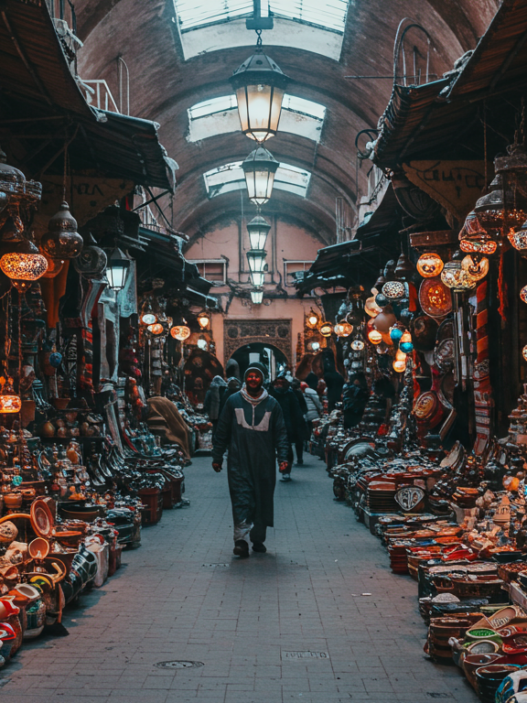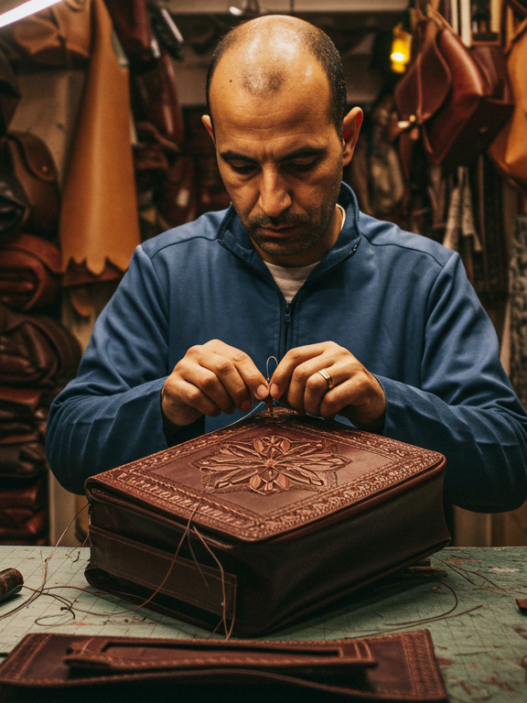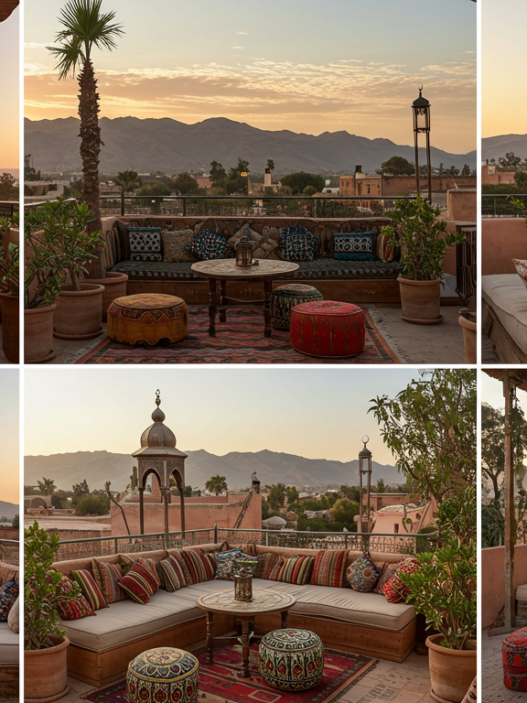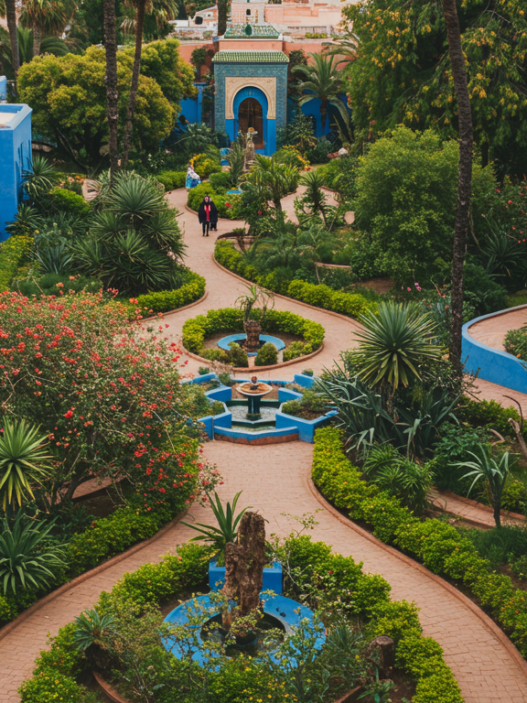Marrakesh, a city known for its bustling markets, vibrant culture, and historical landmarks, offers a treasure trove of architectural and historical sites. One of the most fascinating places to explore in the city is the Saadian Tombs. Nestled in the heart of the city, this hidden gem offers visitors a rare glimpse into the rich history of Morocco’s Saadian dynasty. A visit to the Saadian Tombs is a step back in time, offering a glimpse into the grandeur and opulence of Morocco’s past.
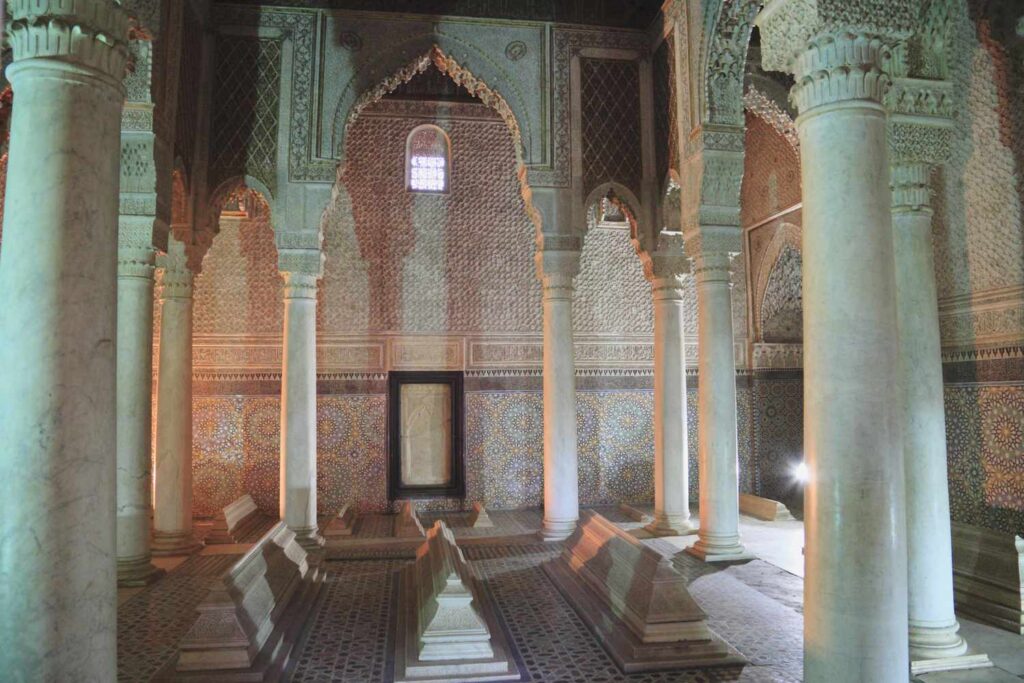
The History Behind the Saadian Tombs
The Saadian Tombs are the final resting place of members of the Saadian dynasty, which ruled Morocco from 1549 to 1659. The tombs are located near the Kasbah Mosque in Marrakesh and were originally constructed during the reign of Sultan Ahmad al-Mansur, one of the most famous rulers of the Saadian dynasty. The tombs were built as a way to honor the royal family and the prominent figures of the time.
For years, the tombs were shrouded in mystery, and their location was kept a secret. In the 18th century, Sultan Moulay Ismail, during his rule, ordered the destruction of the tombs’ entrance to prevent people from entering. It wasn’t until 1917 that the tombs were rediscovered by the French, who cleared the area and opened the site to the public. Today, the Saadian Tombs are one of Marrakesh’s most popular historical landmarks, drawing thousands of visitors each year who come to admire the intricate craftsmanship and discover the fascinating history of the Saadian dynasty.
Exploring the Saadian Tombs
The Saadian Tombs are divided into two main sections: the royal tombs and the smaller tombs of other notable individuals. The tombs are set in beautifully landscaped gardens, with cypress and olive trees surrounding the site, creating a peaceful atmosphere that allows visitors to reflect on the rich history that surrounds them.
The Royal Tombs
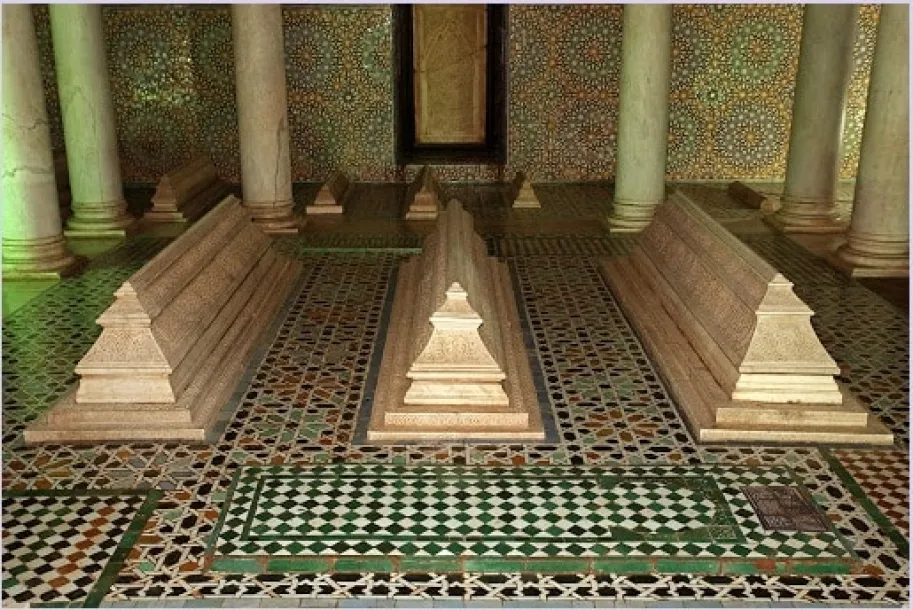
The royal tombs are the most famous part of the Saadian Tombs and are the resting place of the Saadian sultans and their family members. These tombs are located in a beautiful mausoleum, with white marble graves adorned with intricate carvings and inscriptions. The royal tombs are housed in an elegant chamber that boasts stunning architectural details, including delicate stucco work, ornamental tiles, and carved cedar wood. The craftsmanship and beauty of the mausoleum reflect the wealth and prestige of the Saadian dynasty.
The tomb of Sultan Ahmad al-Mansur, who was the ruler responsible for the construction of the tombs, is one of the most prominent in the royal section. His tomb is set apart from the others, with elaborate designs and lavish decorations that showcase his importance during his reign. The entire mausoleum is an exceptional example of Islamic architecture and design, blending Moorish and Andalusian influences to create a truly unique space.
The Smaller Tombs
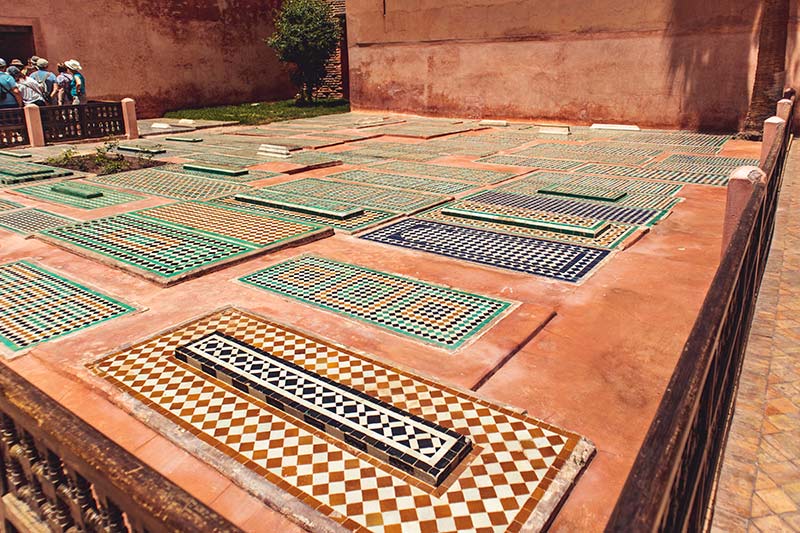
In addition to the royal tombs, the Saadian Tombs site also includes the smaller tombs of high-ranking officials, soldiers, and other notable individuals who served the Saadian dynasty. While these tombs are not as lavish as the royal graves, they still demonstrate the high regard in which these individuals were held. The tombs are often marked by simple inscriptions and modest markers, but they are no less significant in the historical context of the Saadian era.
These smaller tombs are located in a separate area near the royal mausoleum, creating a contrast between the grandeur of the royal graves and the more humble final resting places of the Saadian subjects. The site as a whole provides a fascinating insight into the social structure of the time and how the Saadian dynasty valued their elite and loyal servants.
The Saadian Tombs’ Architectural Beauty
The Saadian Tombs are a prime example of Morocco’s exceptional Islamic architecture. Visitors to the site will be captivated by the stunning details and intricate designs found in every corner. The tombs are built using a combination of local materials, including rose-hued sandstone and marble, which contribute to the unique look of the site.
The delicate stucco work on the walls, the geometric tile patterns, and the carved wooden doors all showcase the skill and artistry of the Moroccan craftsmen of the time. The Islamic calligraphy and intricate geometric patterns that adorn the walls and tombs are not only beautiful but also deeply symbolic, representing the connection between the physical world and the spiritual realm.
The serene gardens surrounding the tombs add to the site’s beauty. The cypress and palm trees, along with the scent of flowers and the sound of birds, create a tranquil environment for visitors to explore. The lush gardens serve as a reminder of the importance of nature and the afterlife in Moroccan culture and Islamic beliefs.
Visiting the Saadian Tombs
A visit to the Saadian Tombs offers a chance to immerse yourself in the rich history and cultural heritage of Marrakesh. The tombs are located near the Kasbah area, making them easily accessible from other popular attractions like the Bahia Palace and the El Badi Palace. The entrance fee is modest, making it an affordable and worthwhile destination for travelers looking to explore Morocco’s historical sites.
While the tombs may be small in comparison to other landmarks in Marrakesh, their beauty, history, and significance make them a must-see attraction for anyone interested in Morocco’s royal past and Islamic architecture.
Location:400 Rue de La Kasbah, Marrakesh 40000, Morocco
Website:https://saadiantombs.com/
Conclusion
The Saadian Tombs offer a captivating journey back in time to Morocco’s golden age. With their rich history, stunning architecture, and peaceful atmosphere, the tombs provide an unforgettable experience for travelers seeking to learn more about Marrakesh’s fascinating past. Whether you’re an architecture enthusiast, history buff, or simply someone looking to explore the cultural richness of Morocco, a visit to the Saadian Tombs is an essential part of your journey through the Red City.





